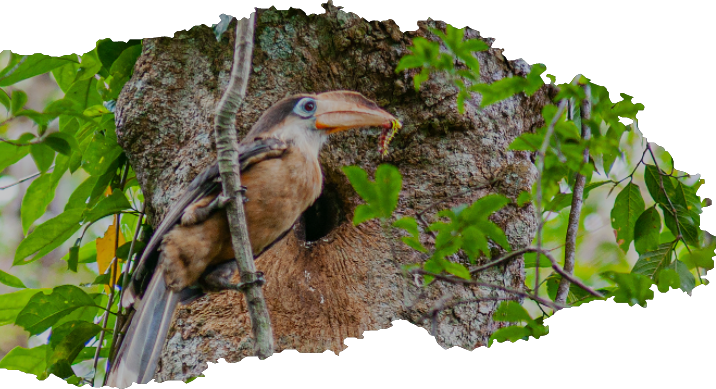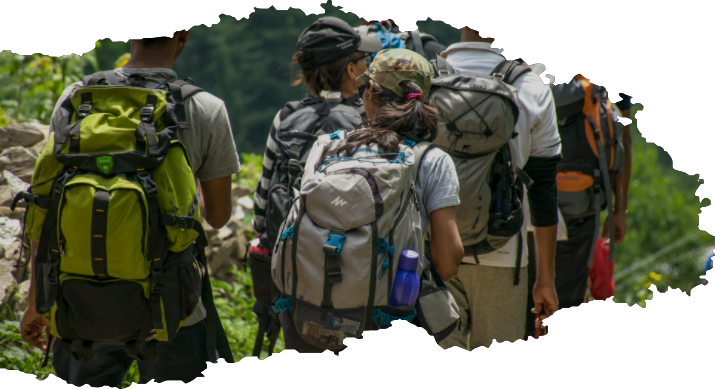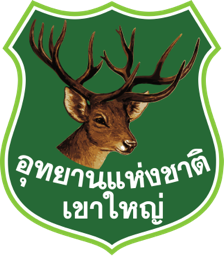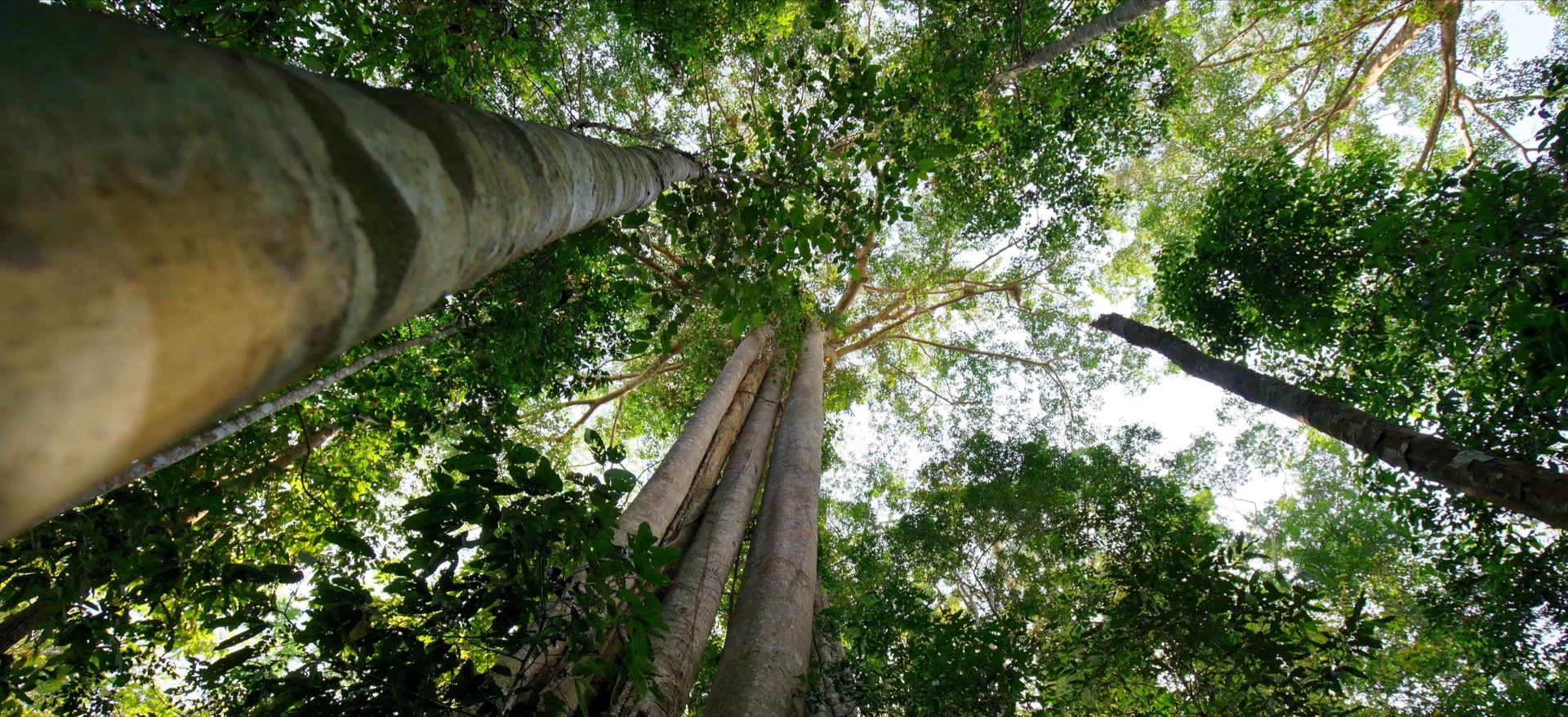Things to Do

Khao Yai National Park is an excellent birdwatching venue which has been listed as an “Important Bird Area” (IBA) as it is home to over 282 bird species, both resident and migratory. Birds which are easy to see include the Siamese Fireback, Blue-winged Pitta, Coral-billed ground cuckoo and the four species of Hornbill: the great hornbill, the oriental pied hornbill, the wreathed hornbill and Austen’s brown hornbill.
When it is quiet, a variety of birds can be found all over the National Park, especially at tourist attractions such as the Visitor Centers, Pha Kluai Mai, Nong Phak Chi, Mor Boonsong Camp, Haew Suwat Waterfall and Khao Khiaw. Nature trails in the National Park are also great places for birdwatching
Recommended times for birdwatching: Morning and evening, when many birds forage for food
One activity which should not be missed at Khao Yai in the cool season is camping in nature, surrounded by forest and streams. It is recommended for people fleeing the urban jungle, or getting quality time with their families or friends. At night time, it is very dark as there is no light pollution, and a multitude of stars are visible all over the sky.
Khao Yai National Park currently has one open campsite, Lam Ta Khong Campground. This is a large open piece of grassland next to the river, which is home to a population of otters. It is surrounded by trees which are a habitat for monkeys and gibbons. Even deer can be observed foraging. Despite being this close to nature, the campground has every modern facility.
Best time to camp: Cool season from November to March


One unmissable activity at Khao Yai National Park is trekking the short nature trails, of which there are seven to choose from. Get ready to study nature!
Nature trails in Khao Yai National Park comprise 7 short trails ranging from 1.2 to 8 km And walk times ranging from 45 minutes to 6 hours with no overnight stays on route. Most of the trails have retained their natural aspect and run through mature forest. There are signs along the way to prevent you from leaving the trail. Newbie jungle trekkers and students of nature can walk these trails by themselves.
Many animals are nocturnal in their foraging habits, such as sambar deer, Malayan porcupine, large Indian civet, Asian palm civet, wild elephant, owls and nightjars. The Night Safari is another fascinating activity giving visitors the opportunity to observe wildlife by night.
If you wish to join the night safari, you can inquire and reserve a time slot at Khao Yai Visitor Center, at the service desk before 6 p.m. It is forbidden to take your car to see animals at night for your own safety and for the orderly management of the National Park. National Park Rangers organise a high bed pick-up truck to see animals with a guide and high powered flashlights to see the animals, while also giving knowledge, along a route specified by KY National Park. The journey is 10 km and takes about one hour, with two time slots per day, which are 7 p.m. to 8 p.m. and 8 p.m. to 9 p.m.


Khao Yai National Park has some stunning views of mountains and grasslands, fertile forests, trees and many kinds of flowers as well as wildlife. Visitors naturally want to capture these images as a souvenir. Photography nowadays is not difficult with all sorts of equipment to make it more convenient.
Recommendations for photographic equipment : A digital camera is exceptionally suitable to record images of nature. Resolution should be more than 3 megapixels with a 3X optical zoom And at least 64 MB of memory with a built-in flash, in point-and-shoot mode. The battery should be rechargeable and you
Stargazing is a popular activity in the cool season because the sky is clear and the air is comfortably cool. Stargazing spots include open meadows, Mor Sing To Training centre, Mor Ton Jan, Lam Ta Khong Campground, and other wide open spaces.
The National Park is an ideal venue for this activity. Beginners don't need telescopes or other expensive equipment, as naked-eye astronomy with a guide book or star map is already possible. Astronomers with more expertise should bring a high-resolution telescope to observe the heavens in greater detail.


